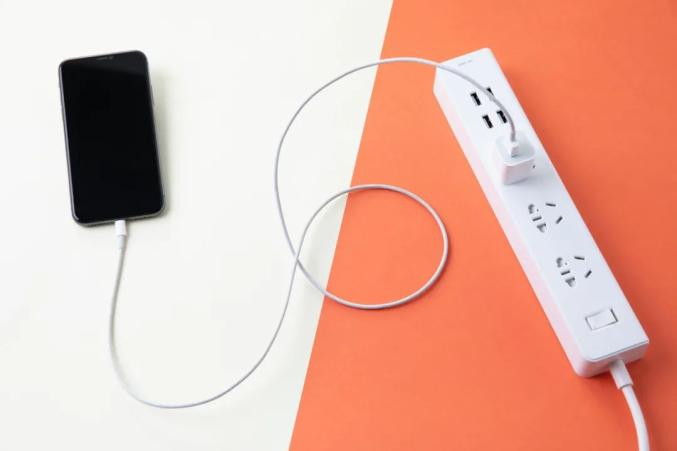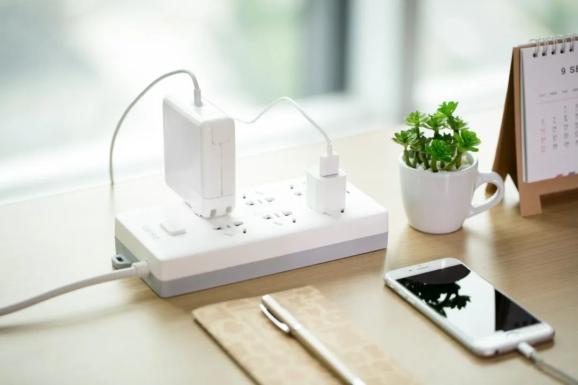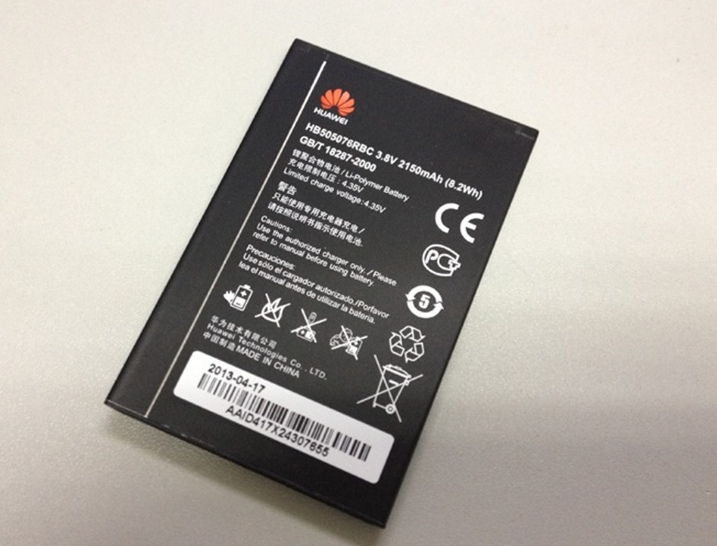
For many people, the amount of battery left on their mobile phones is a crucial question. What is the correct way to charge a mobile phone?

Do I have to fully charge my phone?
There is always a saying about charging: when the phone runs out of battery, it needs to be fully charged each time, which is beneficial for battery maintenance. Charging at any time can affect the battery life.
In fact, these theories are quite outdated.
Rechargeable batteries widely used in earlier years, such as nickel cadmium batteries, mainly use nickel hydroxide and metal cadmium as raw materials, but their drawbacks are obvious: they have a memory effect.
When the battery is not fully charged or fully charged multiple times, the battery capacity will "remember" the amount of electricity charged during charging and power-off, treating them as the maximum and minimum values of electricity, resulting in a decrease in battery capacity.
But now, nickel cadmium batteries and other batteries have gradually been phased out due to heavy metal pollution, high weight, low energy density, and replaced by lithium-ion batteries.
Smartphones mostly use lithium-ion batteries, which have the following advantages compared to nickel cadmium batteries: high energy density. Simply put, they store more electricity in the same volume or weight; The memory effect is weak, even if it is unplugged without being fully charged, it will not have any impact.
The lifespan of lithium-ion batteries is related to the charging cycle. Whenever 100% of the battery is used, a cycle is achieved, and the more cycles there are, the more significant the decrease in battery lifespan.
So, compared to "fully charged", "multiple undercharges" is the more suitable charging habit for mobile phones nowadays.
Plug in your phone or charger first?
Should we first connect the plug to the power source and then connect the data cable to the phone, or should we first connect the data cable to the phone and then connect the plug to the power source?
The answer is: the former.
All charging, what impact will such subtle differences have?
Here we need to introduce a knowledge point: the voltage of electricity used by Chinese residents is 220V, but the voltage of mobile phone chargers is often within 5V. When charging mobile phones, the charger will convert the high-voltage current through a transformer into low-voltage DC and then transmit it to the phone.
At this point, if the charger is connected to the phone and then plugged into the power supply, it can be considered as directly connecting the phone to the power supply, which may output surge voltage; On the other hand, by inserting the plug first, it is already in a connected state and the output has stabilized at around 5V, so there is less possibility of surge voltage.
Surge, also known as surge, refers to the instantaneous overvoltage that exceeds the normal operating voltage. Sometimes the flashing sparks you see when you plug and unplug the switch are mostly surges. Although the time is only one millionth of a second, it can cause significant damage to the phone battery over time.
When the charger is plugged in first and then connected to the phone, this situation is almost unlikely to occur. Unless the current itself is unstable.
After charging, should I unplug my phone or plug it first?
The answer is: unplug the phone first. Because at the moment of unplugging the charger, reverse instantaneous current will also be generated, accelerating the aging of the battery.
How to charge correctly?
1. Cannot mix charging cables and chargers?
The charger usually comes with a smart chip inside, which recognizes the current and voltage required by the phone for adjustment. For example, if you purchase a fast charging head, but the phone does not support fast charging, the fast charging head will automatically adjust to the appropriate input power for the phone.
However, when making a purchase, it is also important to identify legitimate brands and avoid buying counterfeit products at low prices. After all, the configuration inside is difficult to determine, and it is likely that the required current and voltage of the phone cannot be recognized, resulting in damage to the phone.
2. Don't recharge while playing?
Some people may think that discharging and charging the battery at the same time can affect its lifespan. In fact, what truly affects the battery's lifespan is the sudden temperature rise caused by playing and charging at the same time.
A survey shows that even without using a mobile phone, an increase in temperature will still accelerate the reduction of battery capacity.
So, for the sake of battery safety, it's best not to let it "multitask".
How to extend the lifespan of mobile phone batteries?
1. Stay away from high temperature environments
Charging should be carried out in a room temperature environment as much as possible. When mobile phones and other devices are exposed to an environment above 35 ℃ for a long time, the battery may be permanently damaged and cannot be powered for a long time. When charging a mobile phone, if we find that the phone temperature is abnormal, we should promptly disconnect the charger and wait for the phone to cool to normal temperature before charging.
Therefore, when storing mobile phones, it is important to avoid exposure to direct sunlight or placing them in a high-temperature environment. Cold may lead to slower charging speed and insufficient charging, which is determined by the characteristics of lithium batteries. But this situation is only temporary, and when the battery temperature returns to the normal range, the battery performance will also return to normal.
2. Maintain half of the battery level
If electronic devices containing lithium-ion batteries are not used for a long time, the percentage of battery charge before storage is also crucial. When not using electronic devices for a long time, do not fully charge or discharge them. The device's charging capacity should be maintained at around 50%.
Storing the device in a completely depleted battery state may cause the battery to fall into a deep discharge state, which may prevent it from charging properly.
On the contrary, if fully charged devices are stored for a long period of time, there may also be a partial loss of battery capacity, shortening battery life. When using a device that has been stored for a long time again, its battery may be in a low battery state, and it needs to be charged with the original charger for 20 minutes before use.